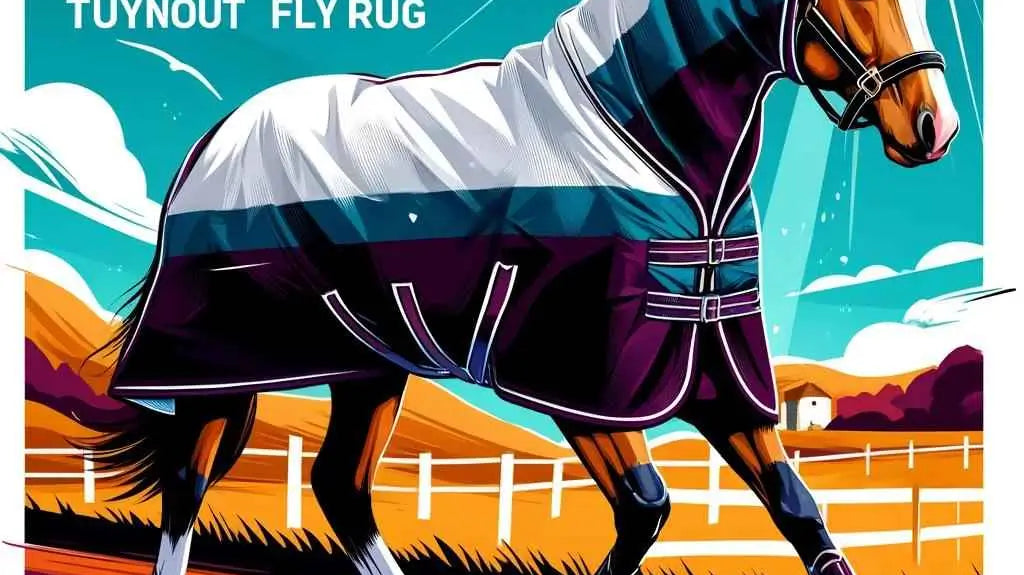| Aspect | Key Points |
|---|---|
| Definition | Accumulation of excess fluid in the horse's hock joint, leading to swelling. |
| Causes | Genetics (Osteochondrosis), trauma, strain, nutritional imbalances. |
| Diagnosis | Physical examination, ultrasound, MRI for confirmation. |
| Treatment | Rest, anti-inflammatory medication, surgery for severe cases. |
| Impact on Riding | Often no lameness, but requires adjustments in activity and rest. |
| Prevention | Regular exercise, maintaining a healthy weight, nutrient-rich diet, and appropriate supplements. |
Introduction to Bog Spavin: Not Your Average Bog
Have you ever heard of bog spavin? No, it's not the latest trend in skincare mud masks, nor is it a mysterious location in Middle Earth. For horse enthusiasts and equestrians, bog spavin is a term that's as familiar as the scent of fresh hay in the morning. It's a condition that affects the tibiotarsal joint of horses, leading to swelling and discomfort. But don't fret! This guide will gallop through everything you need to know about bog spavin, from causes to treatments, and how to keep your equine friend prancing happily.

What Exactly Is Bog Spavin?
Bog spavin is the accumulation of excess fluid within the hock joint of a horse, creating a visible bulge. This condition can be a real pain in the hock for both horse and rider, leading to unwanted twinges and winces. But it's not the end of the trail! Understanding this condition is the first step towards effective management and treatment.
The Culprits Behind Bog Spavin
Several sneaky suspects can lead to the development of bog spavin. These include genetic predispositions, such as Osteochondrosis, traumas, or even the way a horse is worked and ridden. It's like detective work figuring out the cause, but worry not, we're here to help you solve the mystery with style and grace.

Riding Through the Diagnosis: Identifying Bog Spavin
Detecting bog spavin can feel a bit like playing vet detective, but it's crucial for your horse's health. A combination of physical examination and advanced imaging techniques, such as ultrasound or MRI, are often employed to get to the bottom of the swelling. Remember, early detection is key to managing this condition effectively and ensuring your horse can return to its regular prancing routines.

Gallop Toward Treatment: Options for Managing Bog Spavin
The treatment for bog spavin varies, aiming at reducing the swelling and addressing the underlying cause. Options include rest, anti-inflammatory medication, and in some cases, surgical intervention to remove any loose fragments causing irritation. Consultation with a vet is essential to tailor the treatment plan to your horse's specific needs—because when it comes to health, one size does not fit all!
Treatment might sound daunting, but with advancements in veterinary medicine, horses with bog spavin have a good shot at a full recovery. Incorporating everyday horse vitamins & supplements into their diet can also support joint health and aid in the recovery process. Check out our collection of supplements designed to keep your horse galloping towards good health.
Can You Still Ride? Impact on Performance and Care
Now, for the burning question: Can I still ride my horse if it has bog spavin? The good news is, many horses with bog spavin do not show signs of lameness and can continue with their regular activities, albeit with some adjustments. The key is to ensure that your riding does not exacerbate the condition. Opting for gentle exercise and avoiding activities that put excessive strain on the hocks can make a world of difference.
Equipping your horse with the right riding apparel can also provide additional support and comfort during recovery. Consider exploring our Jodhpur Collection for options that prioritize both style and functionality.

Preventing the Puddle: Tips for Bog Spavin Prevention
While bog spavin might sound like a bogeyman lurking in the stables, there are proactive steps you can take to minimize the risk. Regular exercise, maintaining a healthy weight, and ensuring a nutrient-rich diet can keep your horse's joints in tip-top shape. It's about creating a stable environment that promotes well-being, from the inside out.
Consider integrating everyday horse vitamins & supplements into your horse's regimen to support joint health and overall vitality. After all, prevention is better than cure, and a little supplement goes a long way in keeping those bog spavins at bay.

Long-Term Love: Maintaining Your Horse's Joint Health
Maintaining your horse's joint health is a marathon, not a sprint. Regular veterinary check-ups are paramount to early detection and intervention. Don't hesitate to consult your vet if you notice any unusual signs, as early intervention can prevent a molehill from turning into a mountain—or in this case, a bog.
Ensuring your horse has appropriate exercise and rest, coupled with high-quality riding gear, can significantly impact their overall joint health and well-being. Dive into our Stable Rugs and Turnout Rugs collections to find the perfect blend of comfort and protection for your equine friend.
The Homestretch: Wrapping Up on Bog Spavin
We've trotted through the what, why, and how's of bog spavin, arming you with the knowledge to spot, treat, and most importantly, prevent this condition. Remember, the well-being of our hoofed companions begins with informed and attentive care. By understanding the nuances of conditions like bog spavin, we can ensure our horses lead long, happy, and healthy lives.
For more insights on horse care, treatments, and to explore our curated collection of horse riding equipment and supplements, gallop over to Just Horse Riders. Our doors are always open for both two-legged and four-legged friends, offering everything you need to keep your horse galloping towards good health and greatness.
What causes bog spavin in horses?
Bog spavin in horses is often caused by a combination of factors including genetic predisposition like Osteochondrosis, trauma or injury to the joint, strain from overuse, nutritional imbalances, and straight hock conformation. These factors can lead to the accumulation of excess fluid in the tibiotarsal joint, resulting in the visible swelling characteristic of bog spavin.
Can you ride a horse with bog spavin?
Yes, many horses with bog spavin do not experience lameness and can continue to be ridden. However, it's important to monitor the horse for any signs of discomfort and to adjust riding activities to avoid exacerbating the condition. Consultation with a veterinarian is advised to ensure that riding does not negatively affect the horse's health.
How do you reduce bog spavin?
To reduce bog spavin, treatment may involve rest, the use of anti-inflammatory medications, and in some cases, surgical intervention to remove any loose fragments within the joint. Adjusting the horse's diet and incorporating supplements that support joint health can also be beneficial. Each treatment plan should be tailored to the individual horse's needs.
What is the prognosis for bog spavin?
The prognosis for horses with bog spavin is generally good, especially if the condition does not affect the horse's soundness. With appropriate management and treatment, many horses can continue to lead active, healthy lives. However, it's crucial to address the condition early and to follow a veterinarian's recommendations closely.




